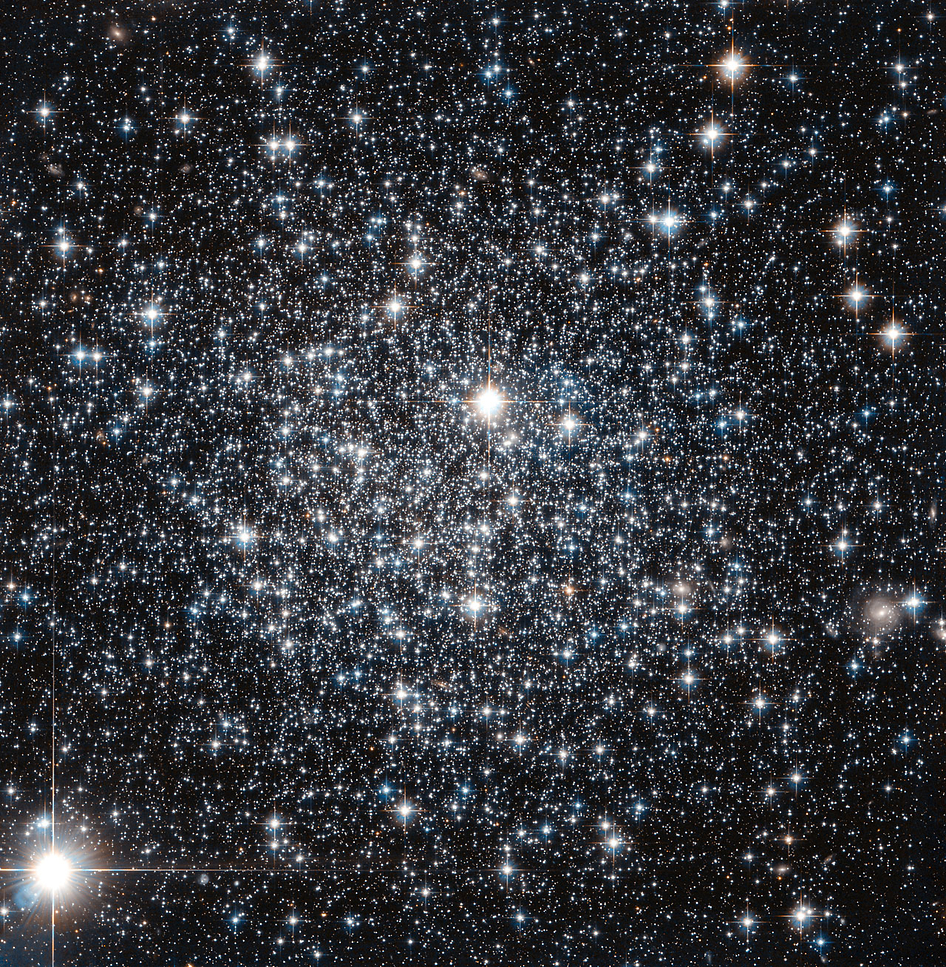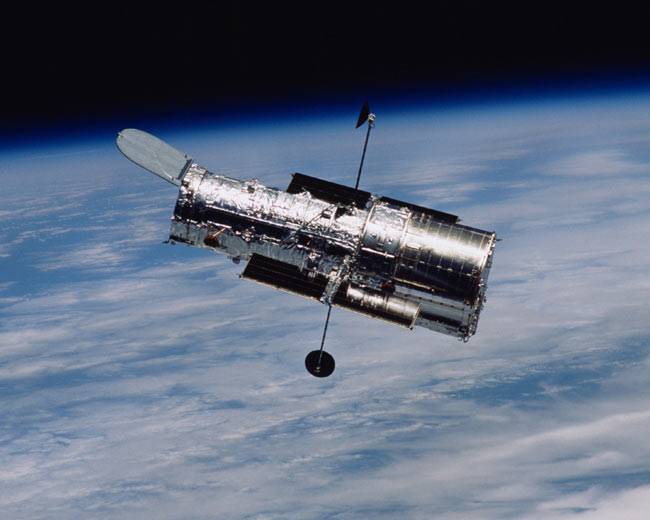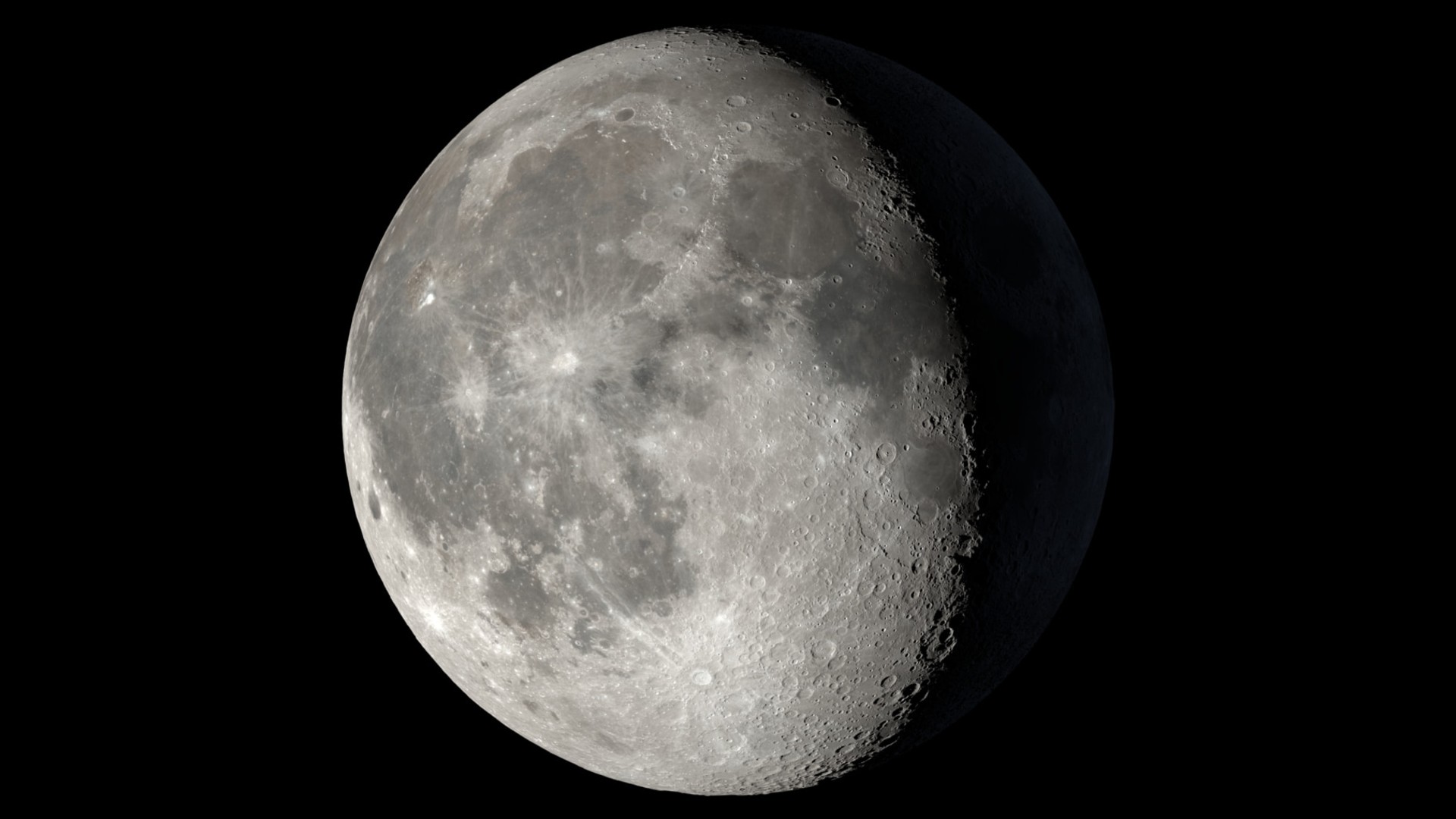Stars Glitter Like Diamonds in Spectacular Hubble Telescope Photo

A swarm of twinkling old stars on the outskirts of the Milky Way shines in a new view from NASA's Hubble Space Telescope.
The prolific Hubble Space Telescope captured this image of the globular cluster IC 4499, which lies about 55,000 light-years away, in the Milky Way's outer halo — the cosmic hinterlands surrounding the galaxy's spiral-armed disk. NASA released the photo on Aug. 4.
Globular clusters are collections of old stars that orbit a host galaxy. Scientists have long thought that the stars inside a single globular cluster form at the about same time. But the most massive clusters can have multiple generations of stars because their immense gravity draws in more gas and dust that can then be cooked into new groups of stars.
The mass of IC 4499 puts it somewhere between the low-mass, single-generation globular clusters and the more massive, multi-generation globular clusters. But so far, all evidence on IC 4499 suggests it has only one stellar generation, according to NASA.

The Hubble Space Telescope launched in 1990, and for more than two decades, the telescope has beamed back amazing images of the cosmos from its perch high above the clouds, free of the distortion of Earth's atmosphere.
Follow Megan Gannon on Twitter and Google+. Follow us @SPACEdotcom, Facebook or Google+. Originally published on Space.com.
Breaking space news, the latest updates on rocket launches, skywatching events and more!
Join our Space Forums to keep talking space on the latest missions, night sky and more! And if you have a news tip, correction or comment, let us know at: community@space.com.

Megan has been writing for Live Science and Space.com since 2012. Her interests range from archaeology to space exploration, and she has a bachelor's degree in English and art history from New York University. Megan spent two years as a reporter on the national desk at NewsCore. She has watched dinosaur auctions, witnessed rocket launches, licked ancient pottery sherds in Cyprus and flown in zero gravity on a Zero Gravity Corp. to follow students sparking weightless fires for science. Follow her on Twitter for her latest project.
